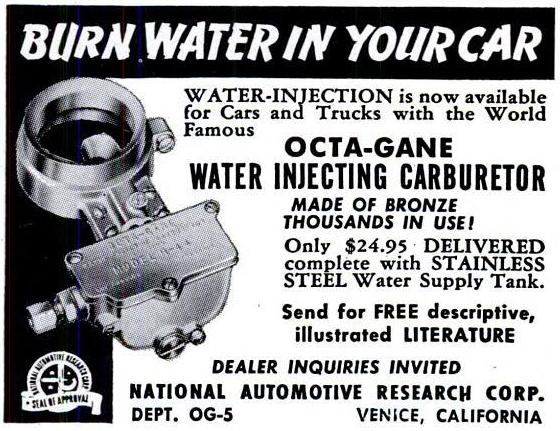This is a follow-up on my "Dollar a Gallon Gasoline” article from April 2. That article proposed power satellites as a way to solve energy, carbon, climate, water and even economic stagnation problems. The follow up is on an alternate transport system powered by microwaves rather than lasers.
Power satellites are a complicated subject. It involves economics, "rocket science," i.e., the rocket equation, orbital mechanics, radiators, thermodynamics, microwave and laser optics, geography, geometry, radio frequency interference with communications, Skylon (rocket plane), atmospheric damage effects (from NOx), chemistry, electrochemistry, military policy, international politics, and in-space operations and assembly. It's difficult to put enough detail in an article for it to be believable and little enough detail for it to be readable. But I will try.
The engineering has developed over the decades from 1968. It's unusual to need an update even once a year, much less one in a few months. However, progress has recently picked up. In May, there was an article about Japanese plans for power satellites in the IEEE Spectrum by Susumu Sasaki, a senior scientist with JAXA. JAXA is Japan's equivalent of NASA. The IEEE is the largest technical society in the world
http://spectrum.ieee.org/green-tech/sol ... solar-farm
More recently there was a CNN article on Skylon, one of the keys to making power satellites economical.
http://www.cnn.com/2014/08/08/tech/inno ... ?hpt=hp_c3
The current schedule for Skylon is for it to fly in 2021. That means that on an ambitious schedule the first power satellite could come on line in 2023. Rapid growth could lead to displacing fossil fuels by the mid 2030s.
theenergycollective










